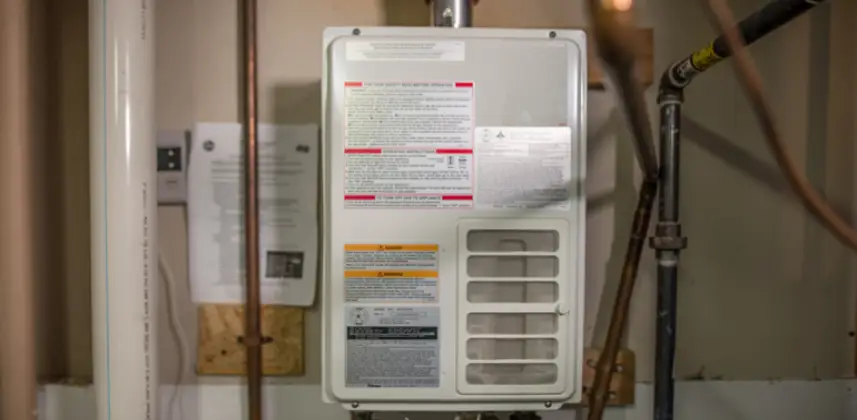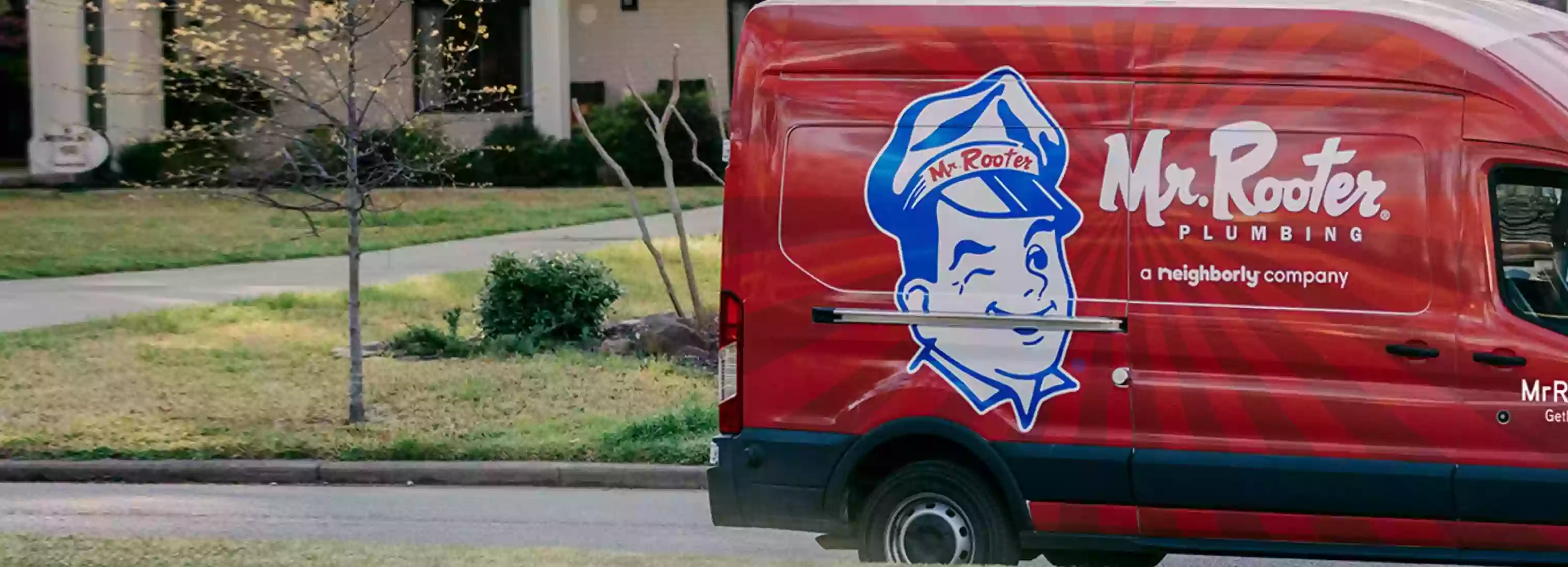How to Maintain a Tankless Water Heater

Regular upkeep is essential for promoting your tankless water heater’s efficiency and performance.
To help you with your tankless water heater maintenance, in this article we’ll explore key practices that can extend your water heater’s lifespan.
- Regular Exterior Cleaning
- Air Filter Replacement
- Water Inlet Filter Cleaning
- Adjusting the Temperature Settings
- How to Flush a Tankless Water Heater
- Descaling
Regular Exterior Cleaning
Keeping the exterior of your tankless water heater clean maintains its appearance and helps prevent dirt and debris from getting to the internal components. Use a soft cloth or brush to clean the exterior. You can also use a low-power setting on your vacuum to remove dust from the internal components.
Air Filter Replacement
Clean air filters are essential for proper airflow and operation. A clogged air filter puts unnecessary strain on the system, leading to higher energy consumption and increased wear. Regularly replacing the air filters improves performance and can save you money on utility bills.
Water Inlet Filter Cleaning
Failing to clean the filter can reduce the system's efficiency and lead to eventual damage. To maintain your tankless water heater, we recommend cleaning the water inlet filter every few months. Doing so can prevent clogs and keep your hot water flowing smoothly.
When removing the water inlet filter, keep an eye out for any leaks, connection seal issues, and damaged parts. If you notice any of these issues, call a professional to help you repair your water heater.
Adjusting the Temperature Settings
To further improve the functionality of your tankless water heater, adjust the temperature settings to reduce standby energy loss. Lowering the temperature to 120°F can lead to significant energy savings without compromising comfort. It also puts less strain on the unit, preventing early breakdowns and other problems.
How To Flush a Tankless Water Heater
Flushing a tankless water heater washes out any mineral buildup or other debris that could reduce the unit’s performance. To flush your water heater, follow these eight steps:
- Shut off the gas line, or if it’s electric, trip the breaker.
- Use a screwdriver to remove the access panel or cover.
- Turn off the water supply using the nearby shut-off valve. Then, release the pressure release valve by turning it.
- Hook up a hose to the cold water inlet. Connect a small sump pump to the hose and submerge the pump into a five-gallon bucket (or larger) filled with three gallons of distilled white vinegar.
- Run the sump pump for one hour. This will flush the vinegar through the system, where it will break down limescale and mineral buildup.
- After an hour, replace the vinegar in the bucket with clean water and run the pump for around 10 minutes. This will remove any vinegar from the inside of the system.
- Shut off the pump and flush the hoses before reassembling the water heater.
- Finally, follow the steps outlined in your owner's manual to start up the unit.
Descaling
Descaling, the process of removing mineral buildup, will keep your tankless water heater running at peak performance. It can even increase the appliance’s lifespan by years. However, you should not perform this on your own as only a professional plumber should perform this task.
Call Mr. Rooter Plumbing for All Your Water Heater Maintenance
Go the extra mile to maintain your tankless water heater by calling a professional. Licensed plumbers, such as the ones at Mr. Rooter® Plumbing, help with tankless water heater maintenance to ensure that your unit lasts longer and performs optimally. Request an appointment online today!
 Click to call
Click to call


